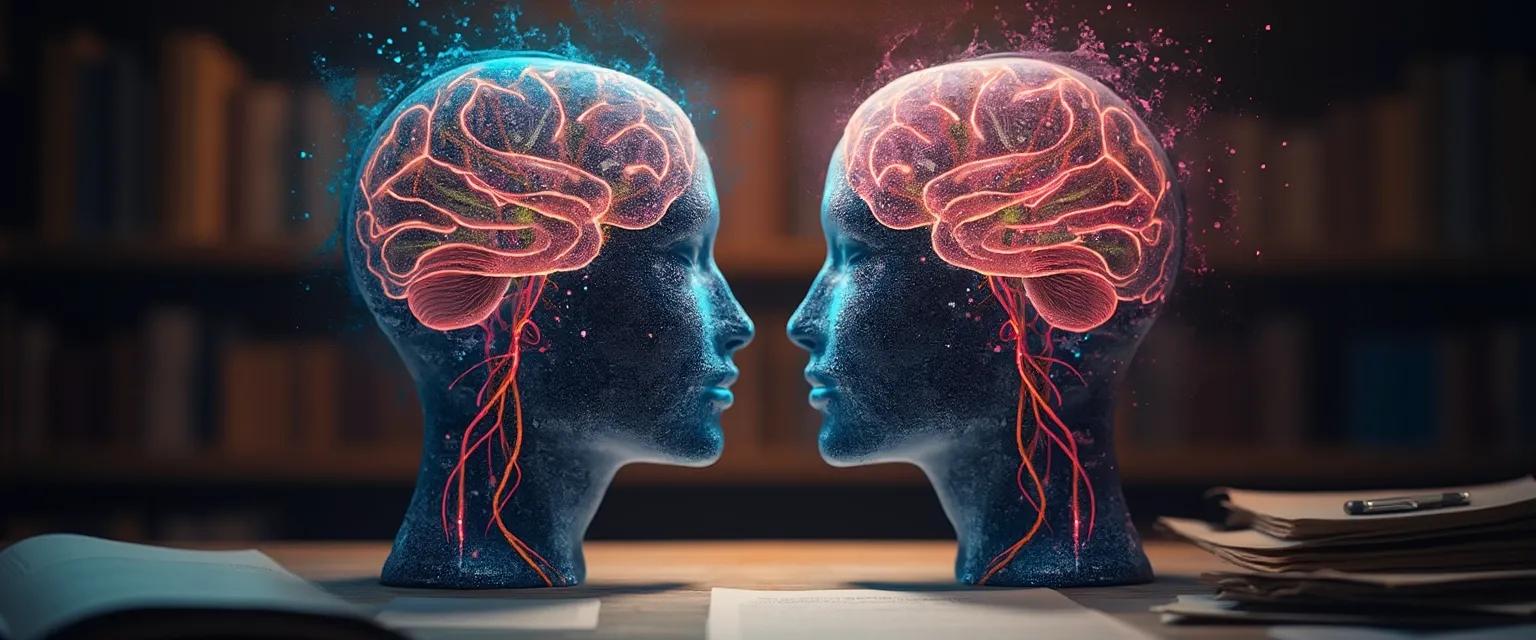Emotional Intelligence: Who Developed It and Revolutionized Psychology
Ever wondered about emotional intelligence: who developed it and how this groundbreaking concept transformed our understanding of human psychology? While emotional intelligence (EI) seems like common knowledge today, it wasn't until 1990 that researchers Peter Salovey and John Mayer formally defined and established this revolutionary concept. Their pioneering work created the foundation for what we now recognize as emotional intelligence. By exploring emotional intelligence who developed it questions, we gain crucial insights into how this concept evolved from an academic theory to a fundamental aspect of personal and professional development.
The story behind emotional intelligence who developed it origins reveals how two psychologists challenged traditional views of intelligence and forever changed how we understand human capabilities. Their academic contribution didn't just add another theory to psychology textbooks—it sparked a revolution in how we approach emotions, relationships, and mental resilience techniques in both personal and professional contexts.
How Salovey and Mayer Developed Emotional Intelligence: The Original Model
To fully understand emotional intelligence who developed it story, we need to examine the historical context of the late 1980s psychology landscape. At that time, intelligence was primarily viewed through the narrow lens of IQ and cognitive abilities. Peter Salovey from Yale University and John Mayer from the University of New Hampshire challenged this limited perspective in their landmark 1990 paper, "Emotional Intelligence."
In this groundbreaking publication, Salovey and Mayer defined emotional intelligence as "the ability to monitor one's own and others' feelings and emotions, to discriminate among them and to use this information to guide one's thinking and actions." This definition established emotional intelligence who developed it framework as an ability-based model that could be measured and developed.
Their original model consisted of four branches or abilities:
- Perceiving emotions: Accurately recognizing emotions in oneself and others
- Using emotions: Harnessing emotions to facilitate various cognitive activities
- Understanding emotions: Comprehending emotional language and relationships
- Managing emotions: Regulating emotions in oneself and others
What made Salovey and Mayer's approach revolutionary was their insistence on treating emotional intelligence as a legitimate, measurable form of intelligence rather than simply a set of personality traits. They established emotional intelligence who developed it research on rigorous scientific methods, distinguishing their work from pop psychology and self-help approaches that would later adopt the terminology.
The Evolution of Emotional Intelligence Since Its Development
Understanding emotional intelligence who developed it history requires looking at how the concept evolved after its initial introduction. Throughout the 1990s, Salovey and Mayer refined their model, developing more sophisticated assessment tools. Their work culminated in the creation of the MSCEIT (Mayer-Salovey-Caruso Emotional Intelligence Test), which remains one of the most scientifically validated EI measurement tools.
While Salovey and Mayer established the academic foundation, Daniel Goleman's 1995 bestseller "Emotional Intelligence" popularized the concept for mainstream audiences. However, Goleman's interpretation represented a significant departure from the original emotional intelligence who developed it model, incorporating personality traits and competencies beyond the original ability-based framework.
This divergence created what researchers now distinguish as "ability models" (Salovey and Mayer's original conception) versus "mixed models" that blend abilities with personality traits. Understanding these distinctions helps clarify why different approaches to building emotional discipline and intelligence exist today.
Why Understanding Who Developed Emotional Intelligence Matters Today
Knowing emotional intelligence who developed it origins provides crucial context for applying these concepts effectively. Salovey and Mayer's original framework continues to influence contemporary psychology, workplace training, and social anxiety management approaches.
By returning to the source—understanding emotional intelligence who developed it pioneers and their original intentions—we can cut through misconceptions that have emerged as the concept gained popularity. The scientific rigor of Salovey and Mayer's approach reminds us that emotional intelligence isn't just about "being nice" or "feeling good"—it's about accurately perceiving, understanding, using, and managing emotions to achieve specific outcomes.
Today's emotional intelligence tools and applications, including digital solutions like Ahead, build upon the foundation laid by those who developed emotional intelligence over three decades ago. By appreciating the original science behind emotional intelligence who developed it framework, we can more effectively apply these principles to enhance our relationships, work performance, and overall wellbeing.




